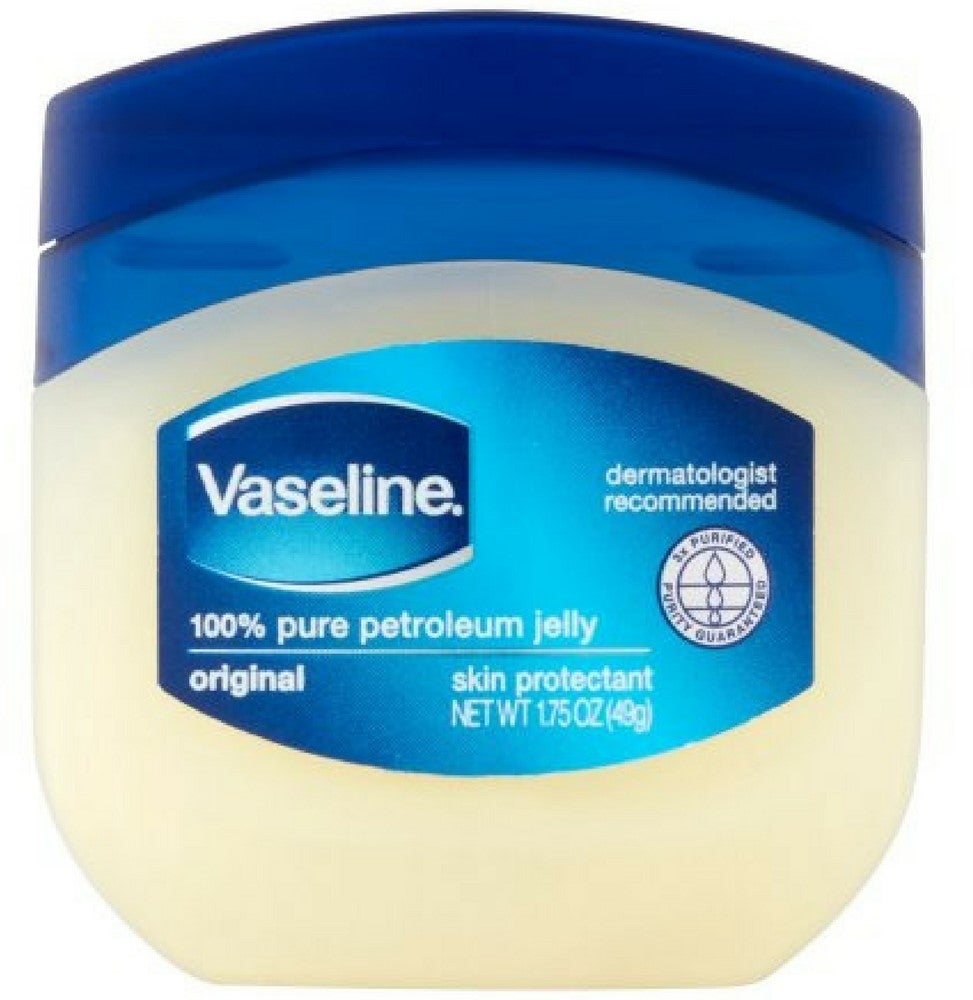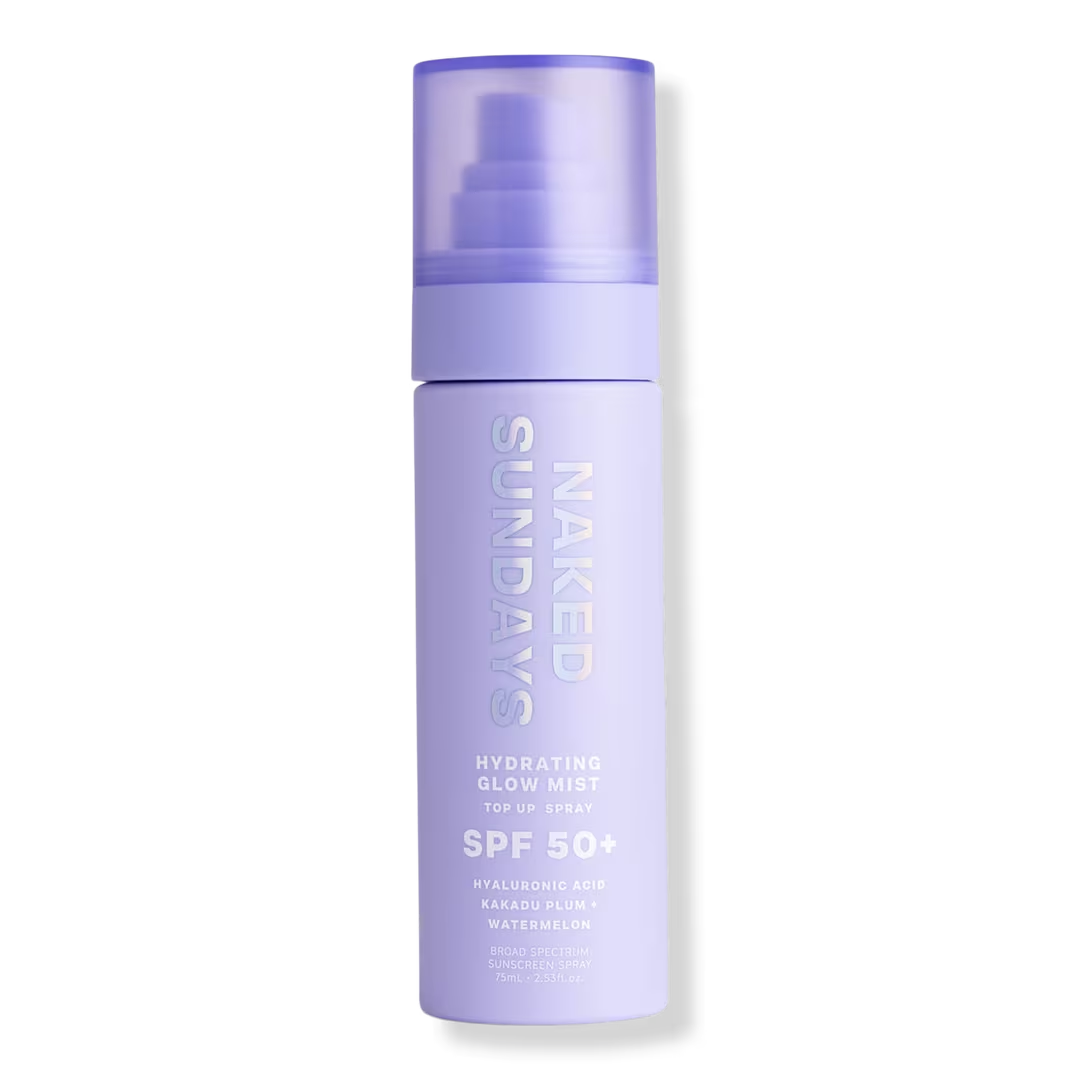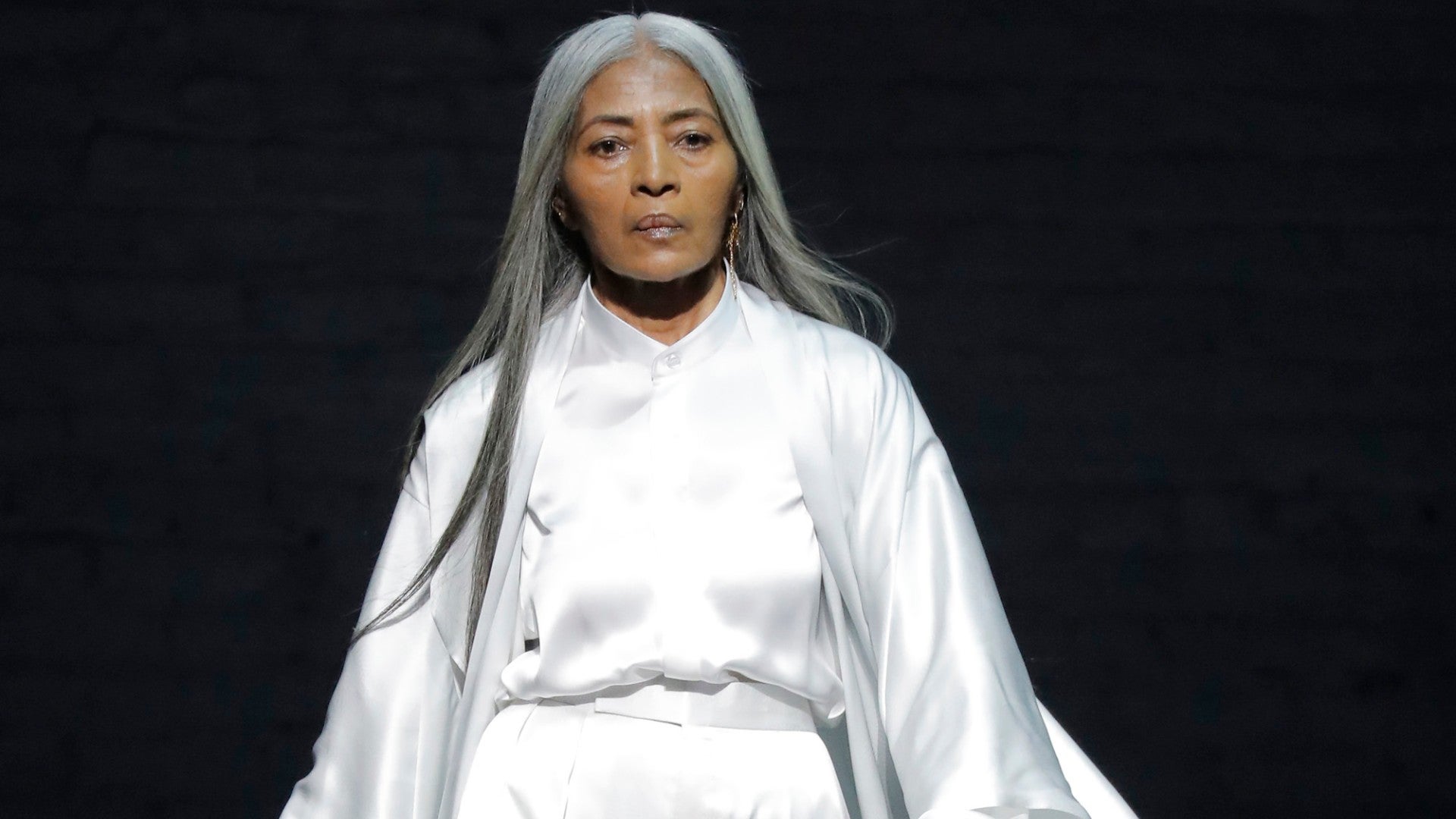
JoAni Johnson is living proof that no matter what age you are, you can still live out your wildest dreams. This professional renaissance and pivot into the fashion and beauty worlds came as a complete shock to her, but she’s handling it well. With a love for Maison Margiela Tabi boots and Rick Owen threads, the model was first discovered walking through the park by a street style photographer. The soft-spoken Harlem native is only 5’4”, but she commands any room she enters like a behemoth, wearing the kind of fearless persona that typically comes with wisdom and age.
“A lot of the [young girls] are confident. I see them, I’m with them on various events and things like that. It’s not confidence that they don’t have. I’m just at the point in time where I’m like ‘it is what it is,’” she said with a shrug and a smile. “I’m not looking to blow it out of the water, even though people tell me that it is blowing.”
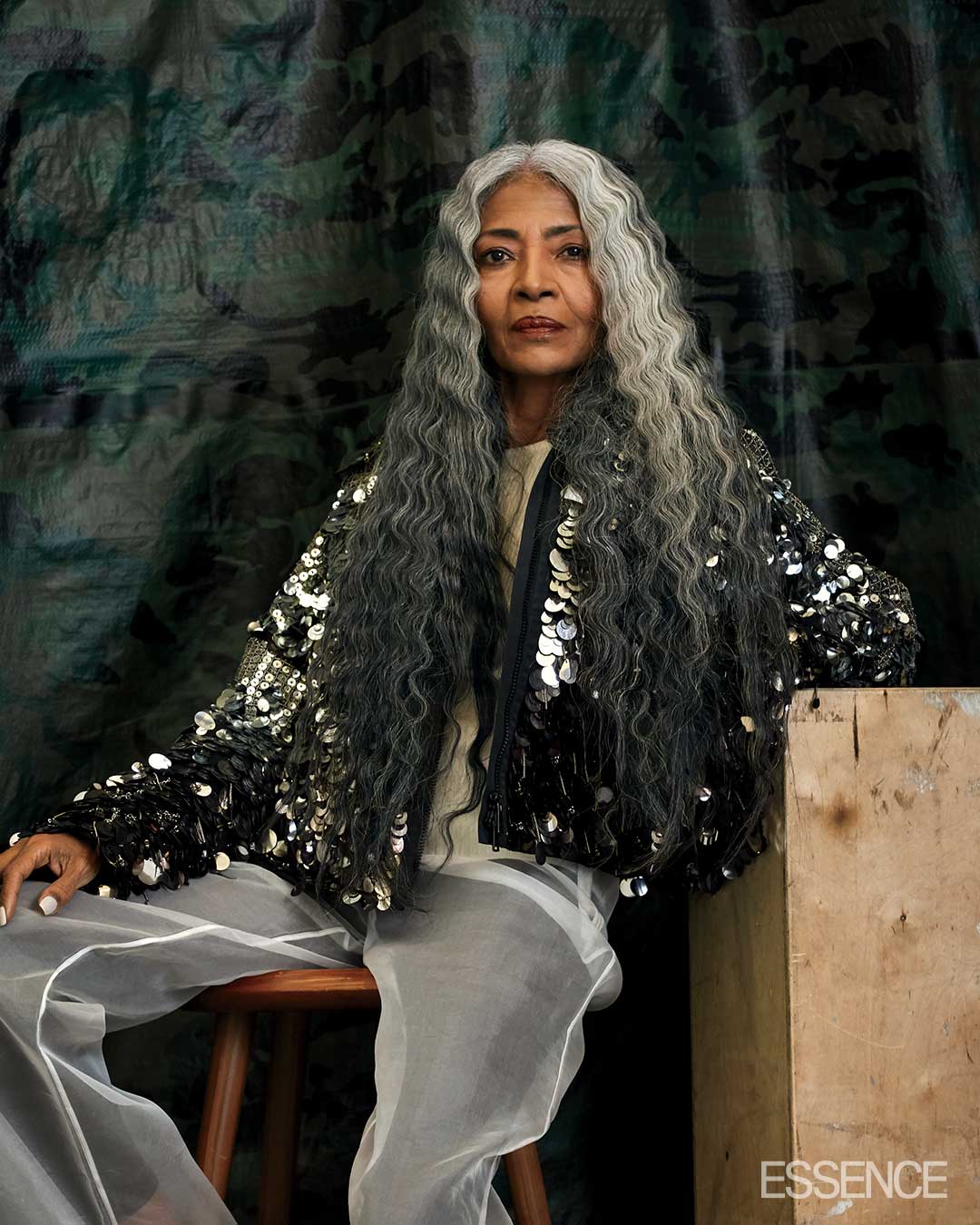
After her photo was scouted out by a modeling agency, she quickly started booking campaigns and working with high-end designers. Now at 67, the grey-haired Harlem raised beauty has modeled in campaigns for Fenty and Pyer Moss. In the fashion and beauty industries diversity is often talked about regarding skin color but age is a conversation that is slowly coming to the forefront thanks to models like Johnson.
Earlier this year ESSENCE tapped the ageless beauty for its feature on embracing gray hair at any age. Since then, she’s been booked and busy. Appropriately enough, she’s currently working on a partnership with Vaseline for their #ListenToYourMom campaign. Since it’s one of her go to products that was incorporated in her beauty routine by her mom since she was a kid, it makes sense. We got the chance to catch up with Johnson during a photoshoot and we jumped on it. An expert in mixing teas, she didn’t hesitate to spill some too, sharing some of the secrets of how she stays so timeless, and some of her memorable fashion moments.
Shalwah: You are hair goals but it seems like you’re not aware of this?
Johnson: Not really, I very rarely pay attention to that kind of stuff. I’m just me. I do nothing to it.
S: What do you make sure you always incorporate in terms of self-care?
J: Moisturizing is key. Vaseline is one of the moisturizers that I use regularly. As we age we lose moisture in our skin. It’s going to happen naturally, it doesn’t matter who you are. So by using for example, Vaseline, that helps to keep the moisture in and with our environment, what’s going on today, it’s just really difficult. You go into air conditioning, and it dries your skin. You go into the sunlight, it dries your skin. Use products that help to keep that moisture in and keep the skin smooth.
S: Is that how you keep your ageless glow?
J: And part of it is genetics. I look at my mother, she’s 94-years-old, she looks absolutely incredible. And you know, it’s through her teaching me about taking care of my skin, and having Vaseline, is one of the things that she used regularly just makes it all the better. So yes, there are no fillers.
S: And of course your teas!
J: I am a tea blender. I am a tea consultant tea. I am a tea educator. I just came back from World Tea Expo two weeks ago where I spoke on two panels in regard to tea. I’ve been in the industry for about 13 years and there are beauty secrets with tea too.
S: Please spill that tea!
J: As far as facials, I will do a monthly and I switch off. Rooibos mask, or matcha mask, or a turmeric mass. Tumeric helps to brighten. I believe in everything with balance. Many times we get carried away and we do things in excess and that could be detrimental. So I switch off and then I moisturize after that and I’m good to go.
Nandi: New York has changed a lot, what was it like growing up in Harlem?
J: I’ve seen it go 360. And I mean really a 360. It was very diverse when I was younger, there were certain areas, certain pockets where people live based on wanting to be around people of their same culture. So there were different pockets, different streets, different areas. But it was a very diverse community. It was really great and, but it’s changed and many of us who have stayed there, went through very difficult times. Now it’s changed again. But it’s fun and there’s a lot of places where you can partake in culture and it’s not far away.
N: You were discovered by a street style photographer.
J: It was very surprising! I had no clue. If it wasn’t for my husband’s encouragement, I would not be sitting here. Because honestly, I’m not always fond of photos of myself, you know. I’m [just] me.
N: And you worked in fashion before, in the garment district when you were younger?
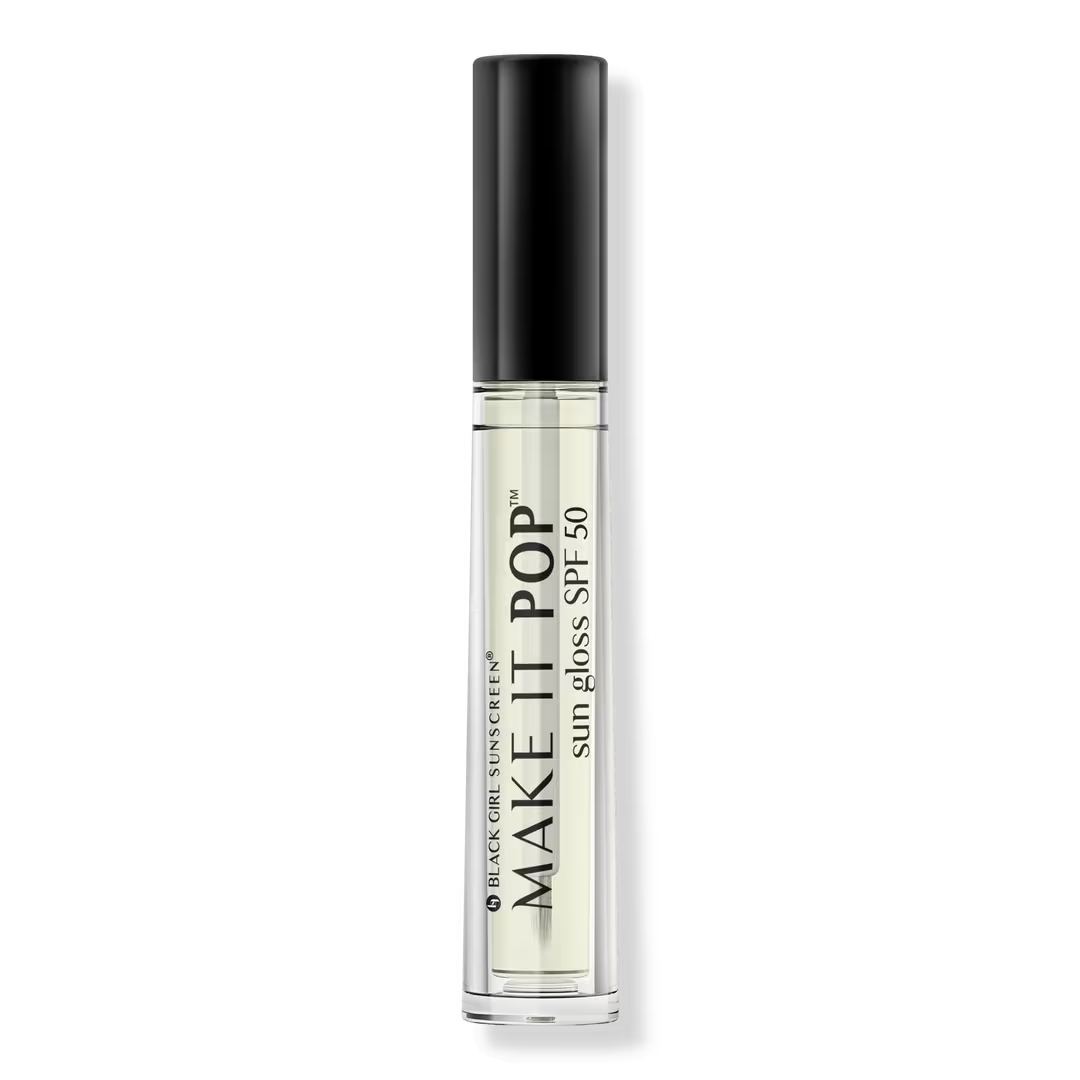
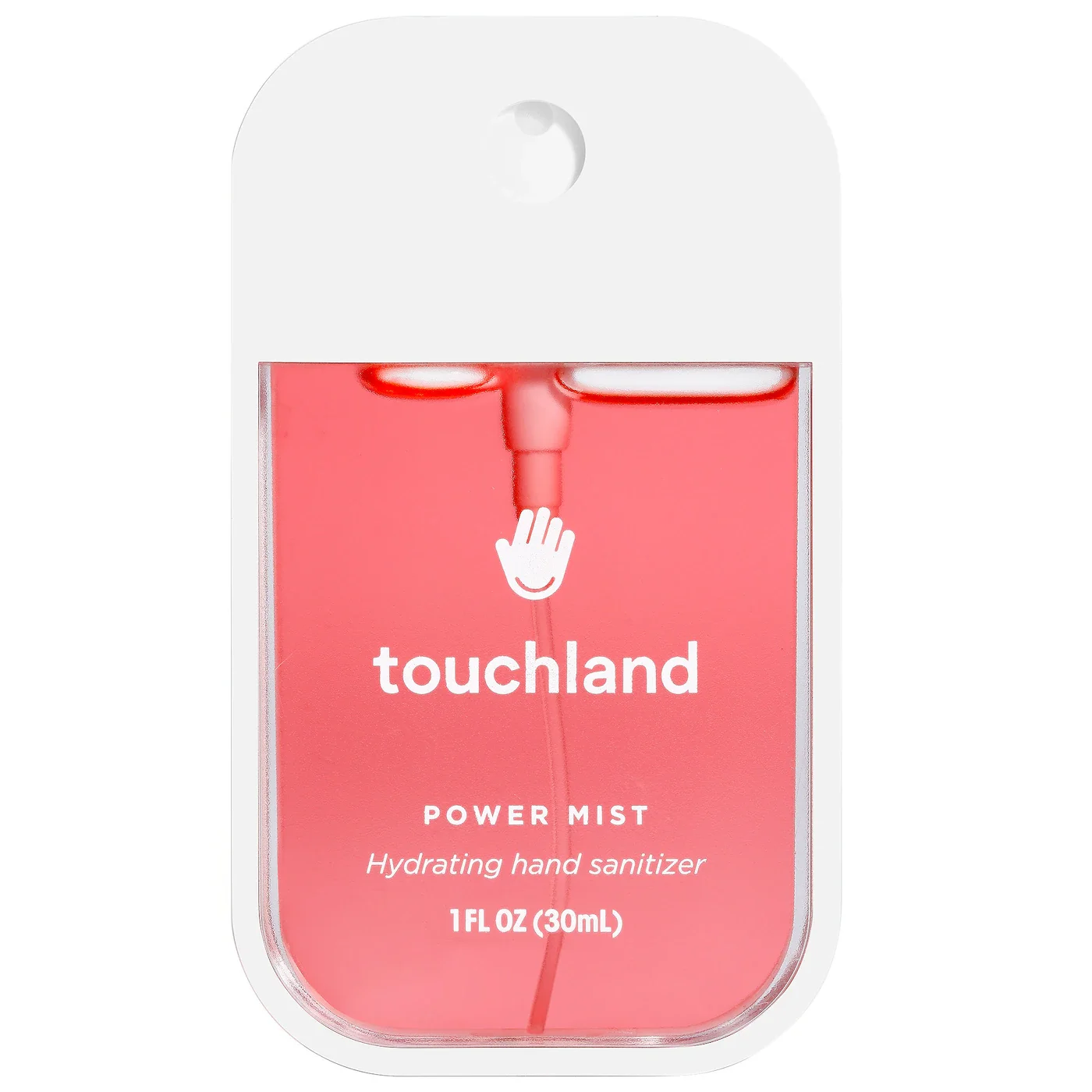
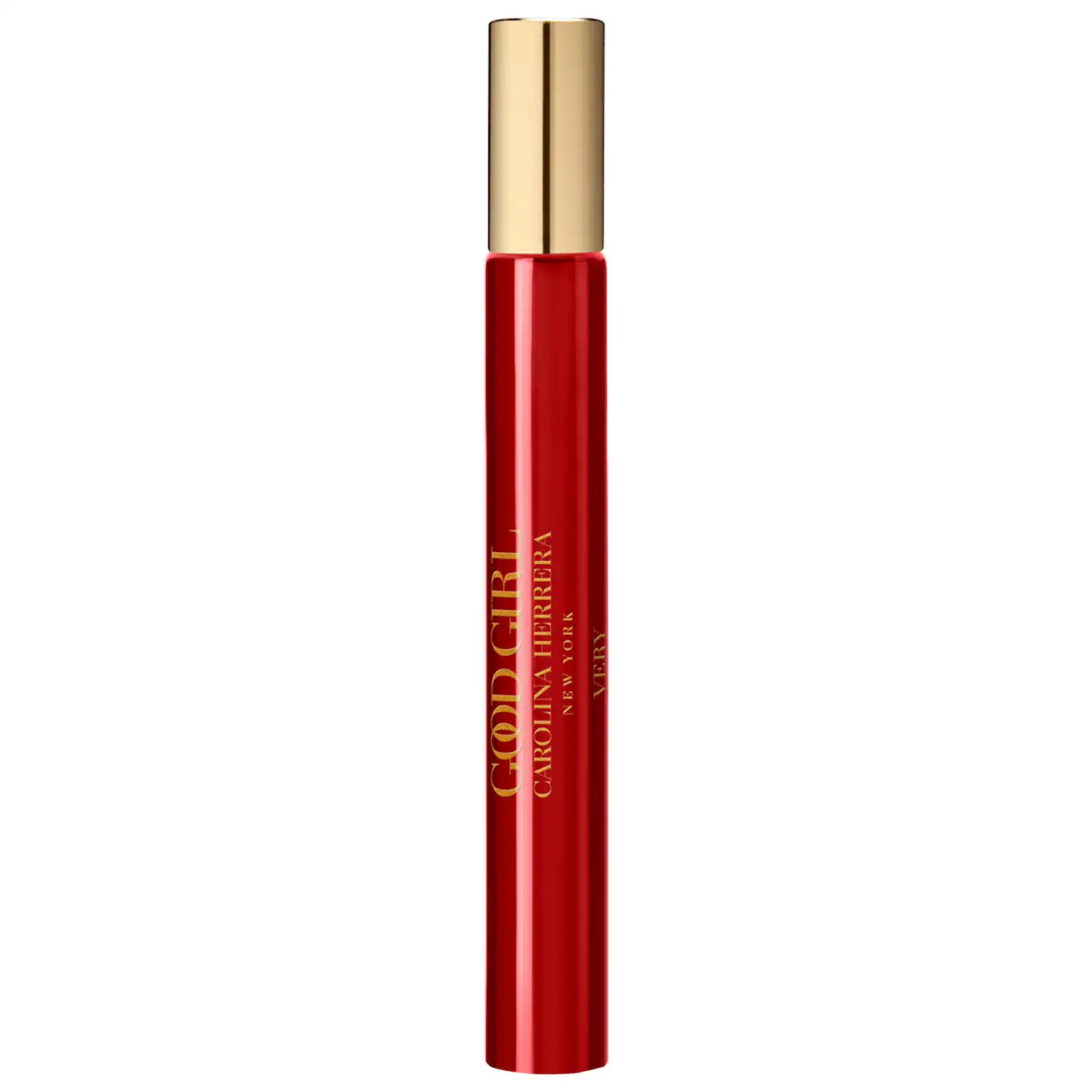
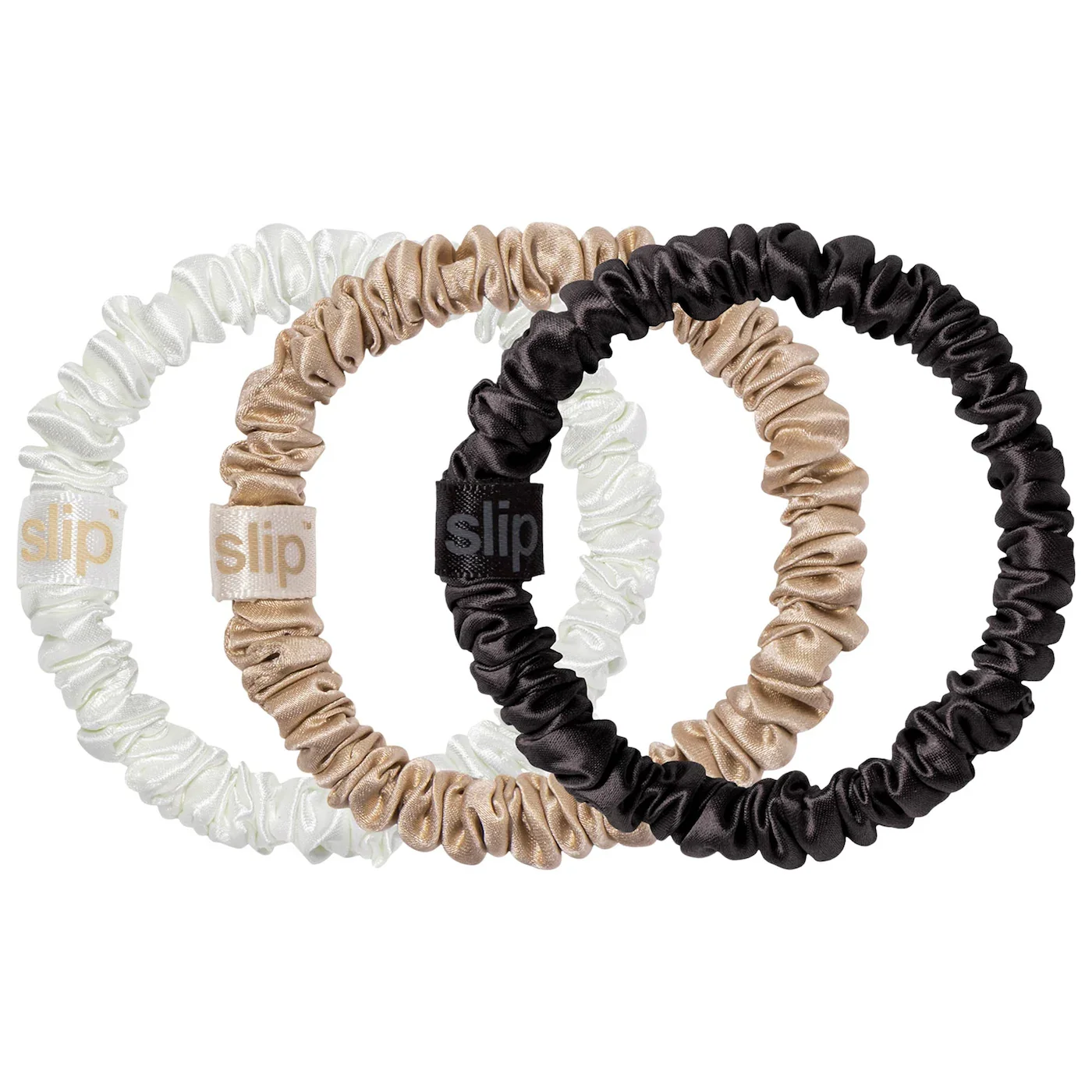
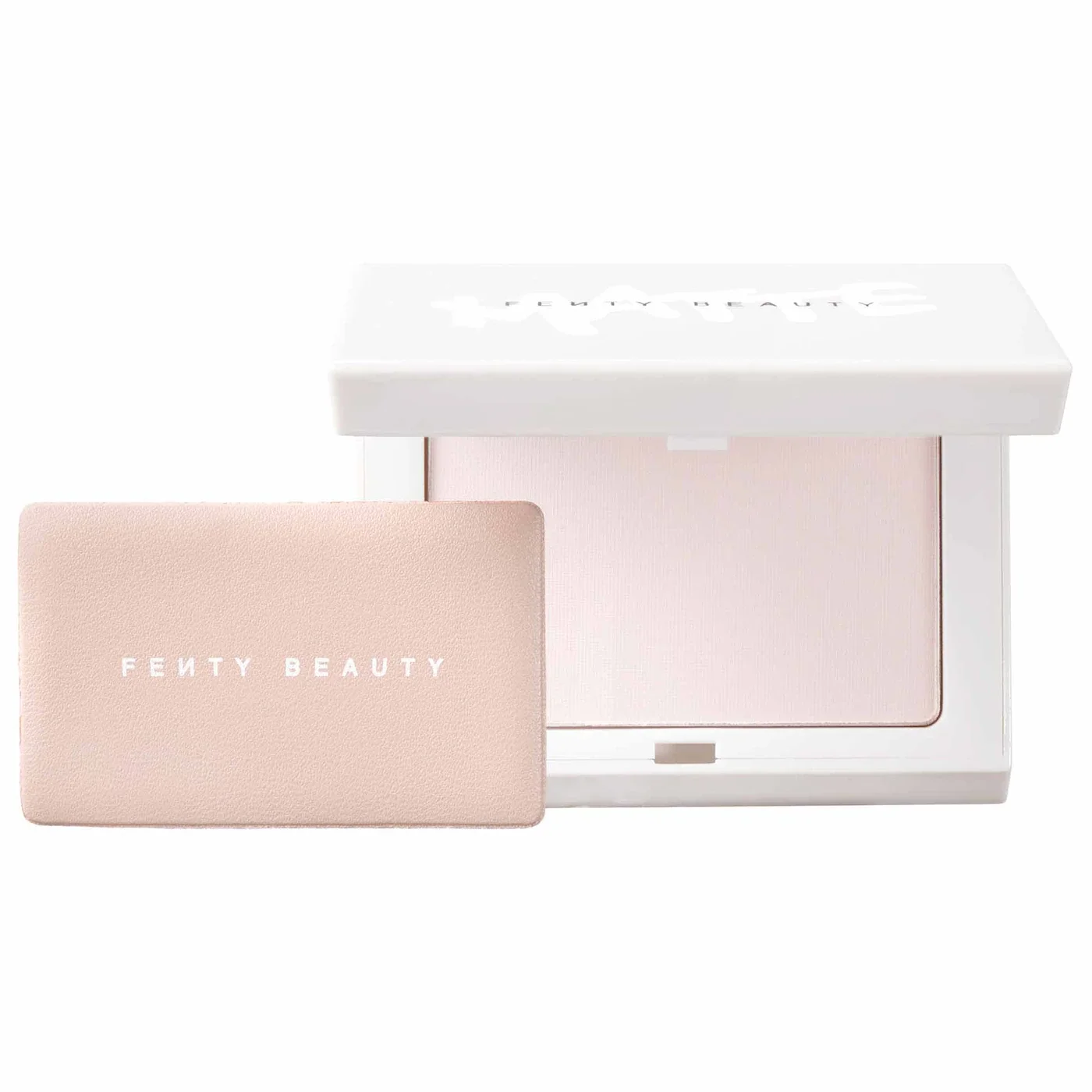
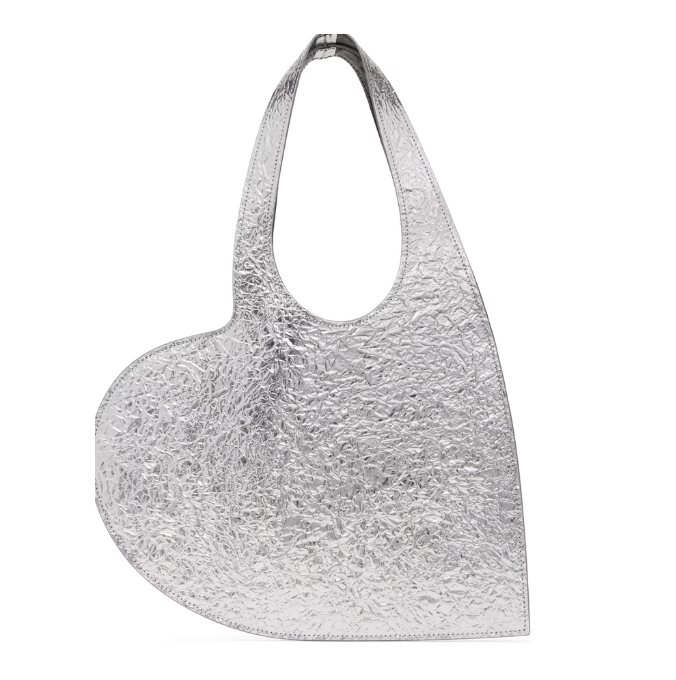
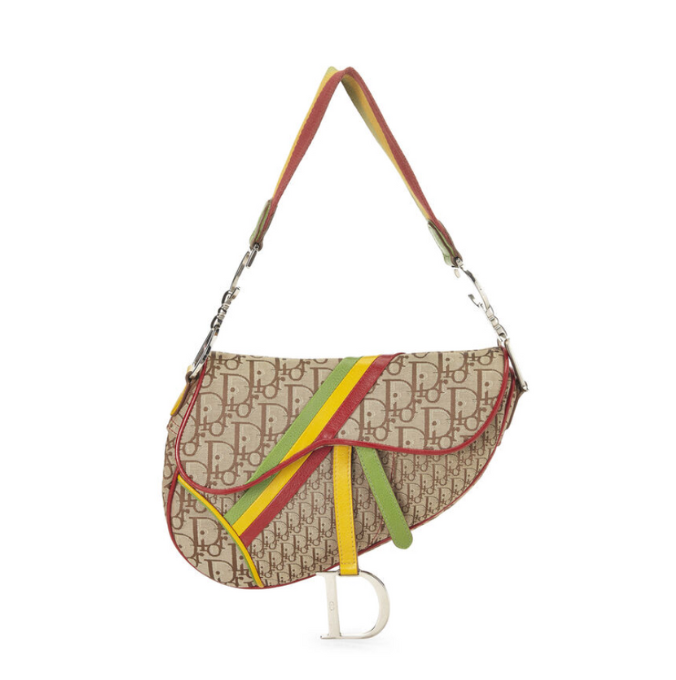
J: When the garment center started to change, when stores started to become real manufacturers, that’s when I decided that I couldn’t do it anymore. Basically designers were working for them. Companies were working for them. They would place orders for minimal quantities that couldn’t help you survive. The ones that were the best sellers, instead of giving you reorders, they would outsource it, and then the floor would be full. So it limits your ability to sell the product because yours is a higher price.
N: You’ve worked with many brands on campaigns, including Pyer Moss and Fenty, two highly popular brands in the community that really speak to our culture.
J: The [designers] just happen to be very talented people. And I’m grateful. No matter what, I love supporting the culture.
